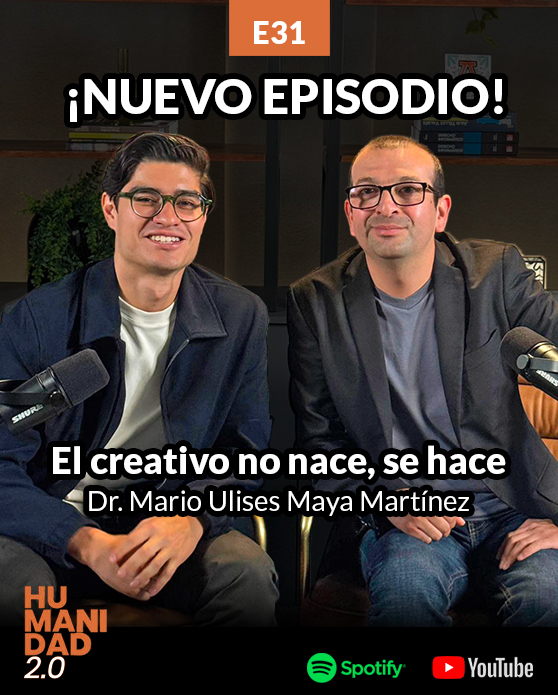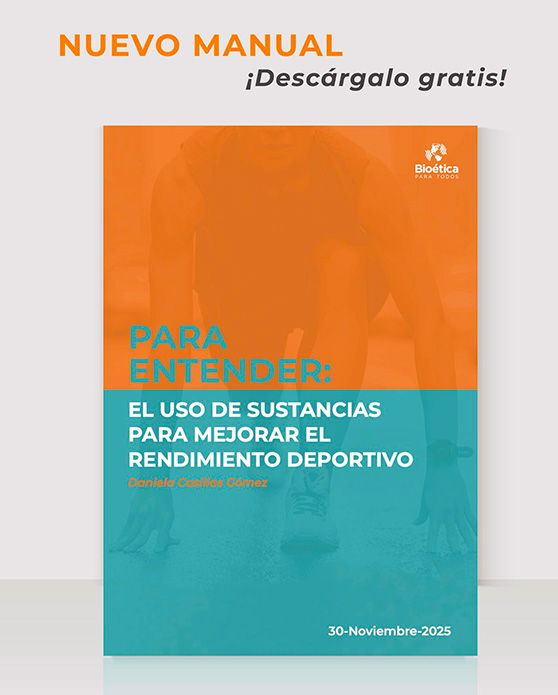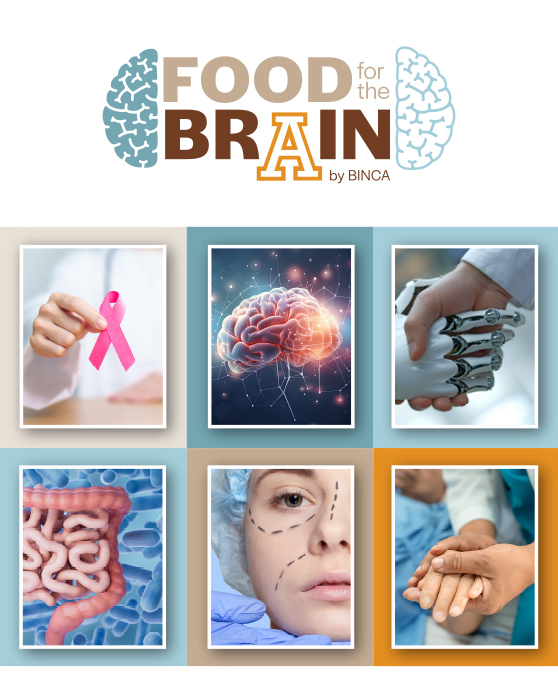
July 4, 2025
Author: Juan Manuel Palomares Cantero
Versión en español
Limits of Consent and Scientific Legitimacy in Non-Institutional Contexts
Introduction
The advancement of biotechnology has blurred the traditional boundaries between institutional research and individual practices, especially when these generate knowledge with scientific and health value. A paradigmatic case is that of Tim Friede1, an American citizen who, for over two decades, has self-exposed himself to snake venom with the aim of developing immunity and contributing to the design of a universal antivenom. This phenomenon reactivates the ancient practice of mithridatism2 and raises unprecedented ethical and legal challenges: can an individual assume extreme risks outside institutional control? How to assess their contribution when the results are scientifically validated? What limits should be imposed in the name of protection without nullifying self-determination?
This article analyzes this case from a bioethical and bio legal perspective, articulating five axes: the historical sense of mithridatism and its contemporary reinterpretation; the narrative of self-determination and altruism that underpins it; the conflict between personal autonomy and state responsibility; the limits of consent in high-risk contexts; and the role of biohacking3 and citizen4 science in equitable access to medical innovation. Through this analysis, the aim is to open a reflection on the ethical frameworks that must guide biomedical research in unconventional settings.
The Practice of Mithridatism as a Historical Phenomenon and Its Contemporary Reinterpretation
Mithridatism, named after Mithridates VI of Pontus (2nd century BC)5, consisted of the gradual ingestion of poisons to develop tolerance. This practice gave rise to the antidotum mithridaticum6, a multi-component formula transmitted by Greco-Roman and medieval medicine, included in pharmacopoeias until the 17th century. Although not systematized according to modern standards, it embodied an intuitive notion of immunization. With the rise of toxicology in the 19th century, mithridatism was abandoned as a medical practice, but not as a symbolic concept.
In the 20th century, the idea resurfaced in experimental contexts. Some researchers explored animal immunization against toxins, laying the foundations for desensitization techniques. Recent studies have demonstrated that controlled exposures to venoms can induce specific immune responses, which is useful for the development of more effective antivenoms. This logic—differentiated from ancient empiricism—is based on molecular knowledge, animal models, and well-characterized immunological mechanisms.
Today, the Tim Friede case reinterprets mithridatism from a biotechnological horizon. His repeated exposure to snake venom has allowed the isolation of broad-spectrum human antibodies, some of which have been validated in studies published in Cell7. Thus, an ancestral practice based on self-defense is transformed into an experimental platform to respond to a global public health problem: the lack of effective treatments for snake bites, which affect over 100,000 people every year in underserved regions. Mithridatism, from this new lens, reveals its potential as a scientific metaphor and innovative strategy.
The Tim Friede Case and Its Narrative of Self-Determination, Altruism, and Citizen Science
Tim Friede, although not a doctor or institutional researcher, has developed personal immunization against the venom of multiple deadly snakes. His motivation has not been solely to protect himself but to contribute to the development of a universal antivenom. Over two decades, he has documented more than 200 bites and hundreds of injections, generating an immune response that has sparked the interest of academic researchers. In the cited Cell study, it was confirmed that two antibodies isolated from his blood, combined with varespladib8, protected mice against venoms from 19 different species.
Beyond the biomedical finding, Friede embodies a complex ethical narrative. His decision is presented as an act of radical self-determination but directed towards the common good. According to statements collected by the researchers themselves, his explicit goal is to prevent avoidable deaths in areas without access to adequate treatments. This gesture, combining extreme personal exposure and altruistic motivation, challenges traditional boundaries between researcher, subject, and volunteer.
The case also highlights the role of citizen science in the biomedical field. Friede did not act outside of knowledge: he studied immunology, collaborated with scientists, and subjected his results to external validation. His initiative suggests that knowledge can arise from the periphery, as long as it is rigorously evaluated. In a time when science seeks to be more open and inclusive, his experience forces reflection on how to integrate, without idealizing, contributions that arise outside conventional frameworks but can have real and measurable impacts.
The Conflict Between Individual Autonomy and Legal Protection of Research Subjects
The Friede case raises a unique bio-legal dilemma: to what extent can a person voluntarily subject themselves to extreme risks without institutional oversight and still produce knowledge useful for medicine? His practice does not fit traditional normative categories, as it is not subject to ethical review nor part of an approved research protocol. However, the data derived from his experience have been validated by recognized laboratories, with publications in indexed scientific journals.
From the perspective of the right to autonomy, an adult can decide about their body, even if it involves serious risks. However, the state's protection principle requires intervention when there is a danger to health or life. This balance becomes especially delicate when an individual’s behavior—although voluntary—generates significant social or scientific consequences. In this sense, Zimmerman9 proposes a relational view of autonomy, in which respect for individual freedom does not exclude the collective responsibility to create environments that ensure genuine and informed decisions. Thus, public intervention is not necessarily opposed to autonomy, but can strengthen it by expanding available options, ensuring access to reliable information, and preventing external manipulations.
From this perspective, the Friede case is not just a marginal anecdote, but a challenge to existing legal categories. If its results are used to develop therapies, who guarantees the ethical validity of the process? How are the rights of someone outside the formal research system, but generating biomedical data, protected? These questions invite a review of the mechanisms of legitimization of knowledge in unconventional settings, without losing sight of the principles of safety, justice, and shared responsibility.
Bio-Legal Implications of Consent in High-Risk Contexts
Informed consent is one of the most important ethical pillars in research with human beings. To be valid, it must be based on understanding, freedom, and a reasoned assessment of risks and benefits. In the Tim Friede case, although his decision was voluntary and well-documented, it was not supervised or validated by any research ethics committees or regulatory authorities. This complicates determining whether this consent meets the required standards to adequately protect individuals and legitimize the subsequent use of the data generated.
International guidelines such as the Declaration of Helsinki, the Belmont Report, and the Nuremberg Code insist that all biomedical research must be conducted under independent supervision to avoid bias, coercion, or negligence. Even if an individual voluntarily assumes a risk, without the appropriate institutional context, it cannot be guaranteed that their consent is fully informed. In high-risk situations like self-exposure to venom, this requirement becomes even more critical.
Moreover, in the absence of external review, practices like Friede’s can blur the boundary between freedom and recklessness. While citizen science has the potential to democratize knowledge, it can also open the door to covert forms of self-experimentation with low protection. The solution is not to prohibit such initiatives, but to create more flexible normative frameworks that allow their integration, as long as they meet principles of transparency, traceability, scientific validation, and guarantee of fundamental rights.
Relevance of the Case in the Debate Over Open Science, Biohacking, and Equitable Access to Medical Innovation
The Friede case takes on special relevance in the face of a persistent global problem: the lack of access to effective antivenoms in vulnerable regions. Snake bites cause over 100,000 deaths annually, mainly in rural areas of Africa, Asia, and Latin America, where treatments are scarce or inadequate. The production and distribution of antidotes remains costly and limited, making human immunization and the development of recombinant antibodies a promising and more accessible10 pathway.
In this context, Friede’s work, although outside traditional channels, contributes to an emerging form of biomedical innovation: biohacking. This movement is based on the non-institutional, but technically proficient, use of scientific tools to solve concrete problems. Researchers in Toxicon: X have documented how these practices, although unorthodox, can generate valuable information as long as they adhere to demanding methodological criteria and shared ethical principles11.
Finally, the case forces a rethink of the governance of open science. How can citizen contributions be integrated without sacrificing ethical oversight? Is it possible to create spaces for scientific co-production that legitimize these practices while also protecting their protagonists? The answer requires moving beyond the dichotomy between formal and informal research and advancing toward hybrid models, where knowledge, although not born in the laboratory, can be responsibly incorporated into the scientific system, thus promoting a more just, safe, and truly inclusive innovation.
Conclusions
The Tim Friede case forces us to rethink the ethical and legal frameworks that govern contemporary biomedical research. His experience reveals that the generation of knowledge does not always follow the institutional pathways foreseen, but it can still result in scientifically valid and socially valuable contributions. This situation poses a paradox: while the system seeks to protect the individual through strict regulations, some voluntary and unsupervised practices, like Friede’s, produce data with therapeutic potential, particularly in neglected fields like antivenoms.
From a bioethical standpoint, it is necessary to recognize the value of autonomy and altruism, without giving up minimum standards of validation, supervision, and protection, even in the context of citizen science. Legally, the normative gap surrounding non-institutional practices with biomedical impact represents a challenge for the governance of innovation.
Ultimately, contemporary mithridatism, far from being an eccentricity, becomes a limiting case that forces us to rethink the relationship between self-determination, the common good, and public responsibility. In the future, it will be necessary to build more flexible but firm frameworks that integrate emerging ethical and scientific contributions without sacrificing the fundamental principles that safeguard human dignity and safety.
Juan Manuel Palomares Cantero is a lawyer, Master’s, and Ph.D. in Bioethics from Anáhuac University, Mexico. He was Director of Human Capital, Director, and General Coordinator at the Faculty of Bioethics. He is currently a researcher at the Academic Direction of Integral Formation at the same University. He is a member of the Mexican National Academy of Bioethics and the Latin American and Caribbean Federation of Bioethics Institutions. This article was assisted in its drafting by the use of ChatGPT, an artificial intelligence tool developed by OpenAI.
The opinions shared in this blog are the sole responsibility of their respective authors and do not necessarily represent a unanimous opinion of the seminars, nor do they reflect an official position by CADEBI. We value and encourage any comments, responses, or constructive criticism you wish to share.
- Centivax is a biotechnology company based in California dedicated to the development of broad-spectrum immunotherapies through human antibody engineering. Since 2017, it has collaborated with Tim Friede, who serves as the Director of Herpetology and whose progressive immunization against lethal venoms allowed for the isolation of neutralizing antibodies to create the first broad-spectrum human antivenom. See: Centivax, “Tim Friede,” https://www.centivax.com/tim (accessed June 2025).
- Royal Spanish Academy. (2023). Mithridatism. In Dictionary of the Spanish Language (23rd ed.). https://dle.rae.es/mitridatismo Definition: “Resistance to the effects of a poison, acquired through its prolonged and progressive administration, starting with harmless doses.”
- Merriam-Webster. (n.d.). Biohacking. In Merriam-Webster.com Dictionary. Retrieved June 21, 2025, from https://www.merriam-webster.com/dictionary/biohacking Definition: “Biological experimentation (such as genetic editing or the use of drugs or implants) performed to enhance the qualities or capabilities of living organisms, especially by individuals and groups working outside a traditional medical or scientific research environment.”
- Participatory Sciences Alliance. (n.d.). Citizen Science. In ParticipatorySciences.org. Retrieved June 24, 2025, from https://participatorysciences.org/ Definition: “A branch of human knowledge consisting of a set of objective and verifiable knowledge about a particular subject, obtained through observation and experimentation, the explanation of its principles and causes, and the formulation and verification of hypotheses. It is also characterized by the use of an appropriate methodology for the object of study and the systematization of knowledge.”
- Murcia, F. J. (2023, November 2). Mithridates, the Romans' worst enemy. National Geographic History. https://historia.nationalgeographic.com.es/a/mitridates-peor-enemigo-romanos_18785
- Gilbert, S. G. (2018). Mithridates VI. A Small Dose of Toxicology. https://www.asmalldoseoftoxicology.org/mithridates
- Glanville, J., Bellin, M., Pletnev, S., Zhang, B., Andrade, J. C., Kim, S., Tsao, D., Verardi, R., Bedi, R., Liao, S., Newland, R., Bayless, N. L., Youssef, S., Tully, E. S., Bylund, T., Kim, S., Hirou, H., Liu, T., & Kwong, P. D. (2025). Snake venom protection by a cocktail of varespladib and broadly neutralizing human antibodies. Cell, 188(12), 3117–3134.e11. https://doi.org/10.1016/j.cell.2025.03.050
- Sigma-Aldrich. (2025). Varespladib ≥98% (HPLC) [Product data sheet SML1100]. Merck KGaA. Retrieved from https://www.sigmaaldrich.com/MX/es/product/sigma/sml1100
- Zimmerman, F. J. (2017). Public health autonomy: A critical reappraisal. Hastings Center Report, 47(6), 38–45. https://doi.org/10.1002/hast.784
- Gutiérrez, J. M., Calvete, J. J., Habib, A. G., Harrison, R. A., Williams, D. J., & Warrell, D. A. (2017). Snakebite envenoming. Nature Reviews Disease Primers, 3, Article 17063. https://doi.org/10.1038/nrdp.2017.63
- Zheng, J. (2021). Ethical implications of biohacking as activism: Democratized health care, danger, or what? Aresty Rutgers Undergraduate Research Journal, 1(3). https://doi.org/10.14713/arestyrurj.v1i3.170
More information:
Centro Anáhuac de Desarrollo Estratégico en Bioética (CADEBI)
Dr. Alejandro Sánchez Guerrero
alejandro.sanchezg@anahuac.mx





